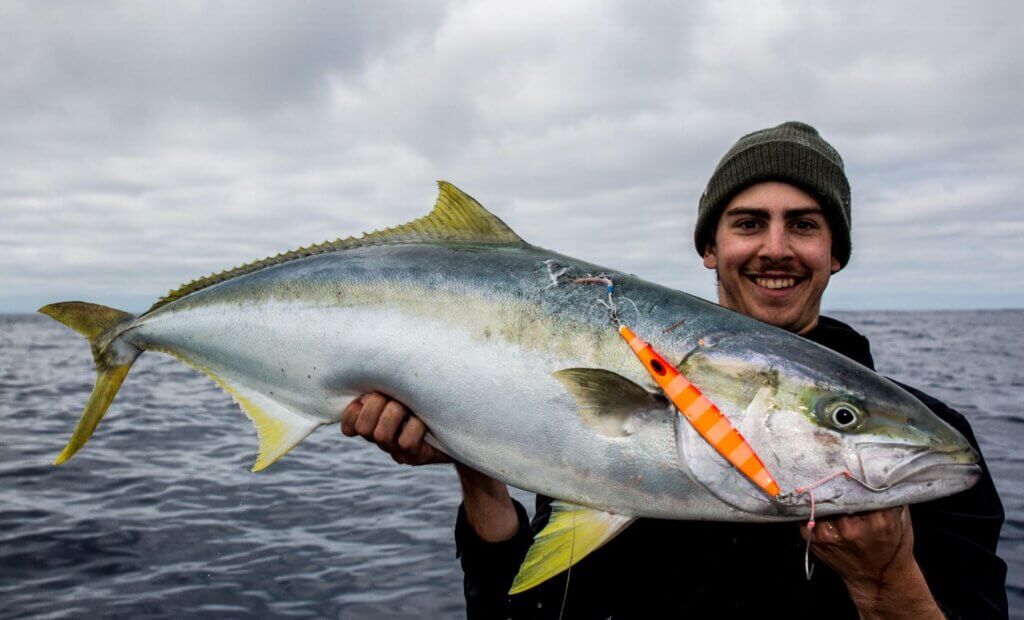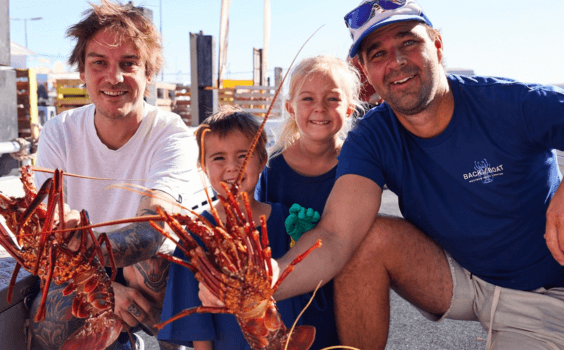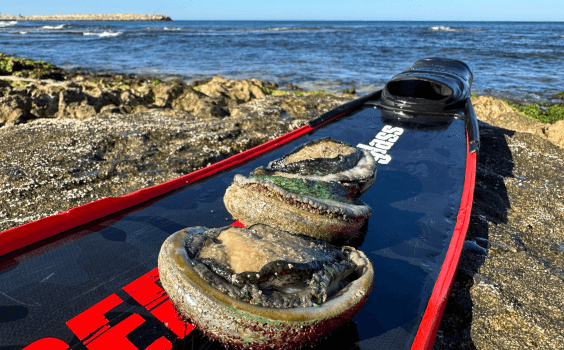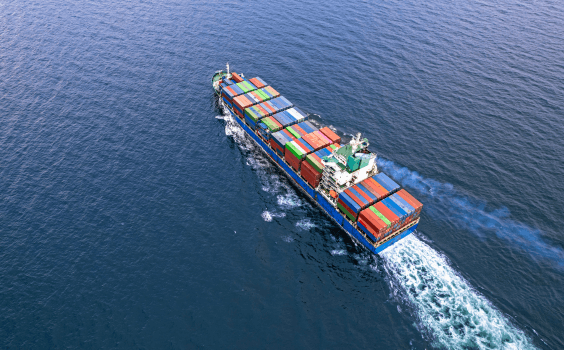With Recfishwest helping release 10,000 juvenile yellowtail kingfish off South Mole near Fremantle this week, Western Angler editor Scott Coghlan was keen to feature the awesome sportfish in the latest edition of Scott’s Species!
Species: Yellowtail kingfish, Seriola lalandi
Eating: 4 stars
ID: Easily differentiated from the closely-related amberjack and Samson fish. Long torpedo-shaped body and slender head, with prominent yellow stripe right along both sides, bluish-green colouration on the back and a yellow tail.
They might not quite have the profile in WA that they enjoy elsewhere in Australia, but yellowtail kingfish are still an important recreational fishing species.

And their status in WA is set to build, with Recfishwest embarking on a trailblazing stocking program in metro waters that is hopes will drive this fishery for many year to come.
YTKs are a powerful fish and quite capable of challenging anglers, as their eastern state nickname of ‘hoodlums’ suggests.
Yellowtail kingfish are found right across the southern half of Australia, from southern Queensland to around Gnaraloo Station on our west coast.
They can grow up to 60kg, but are generally encountered in much smaller sizes in WA and anything over 20kg is a tremendous capture.
Some of the biggest YTKs I have seen are around Steep Point, where their tremendous size is usually matched by their smarts and they are very hard to hook and even tougher to stop.
Unlike some east coast locations, yellowtail kingfish are often just a bycatch in WA and seldom specifically targeted. However, in recent years there has been a growth in sportfishers starting to specifically chase them in WA.
With their aggressive surface strikes and strength, and penchant for living close to heavy structure, they are something of a southern equivalent of the giant trevally, and offer an equally exciting challenge on the right gear.
Casting surface lures around reef and island washes is an exciting way to target kings.
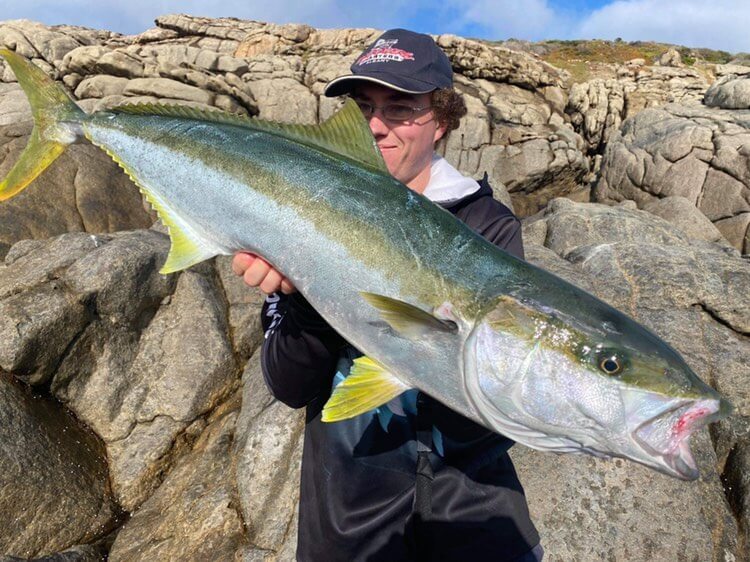
The south coast has many spots ideal for chasing them – such as Albany, Esperance, Walpole and Windy Harbour – but in the metro area Rottnest Island is also a renowned hot spot for yellowtail kingies, especially around West End, where they can also be caught from shore at locations like Radar Reef.
Most of the fish around Rottnest are in the 6kg to 15kg range and like in most locations where they can be found, burley is an excellent way to attract any nearby fish. Kings love a good burley trail and can appear in numbers, especially in small sizes where they often show up in big schools of highly aggressive small fish that will take just about anything thrown in their path.
While structure is a good starting point for finding YTKs, they are also taken in deeper water offshore in similar areas as the closely-related Samson fish and amberjack.
Jigging is a good way to catch kings at spots they are known to frequent, and can result in some of the biggest fish caught each year in WA. They also respond well to trolled lures, including bibbed minnows and skirts.
Shore anglers fishing from the rocks along the south coast will catch good kings on both live and dead baits, and casting stickbaits, metals, large soft plastics or bibbed minnows.
Most anglers targeting big kings offshore on jigs use specialised gear, including large reels with powerful drags. Short jigging rods around 1.5m to 1.8m long are matched to these reels, which are spooled with 27kg to 45kg line.
Similar casting gear to that used for GTs will do the job for lure casters keen to try for kings on the surface. Lighter gear can be used when small kings show up in numbers, but will leave you hopelessly under-gunned when a bigger model comes through!
With the new stocking program undertaken by Recfishwest, the scene is set for yellowtail kingfish to assume an even more prominent place in recreational fishing in WA.
